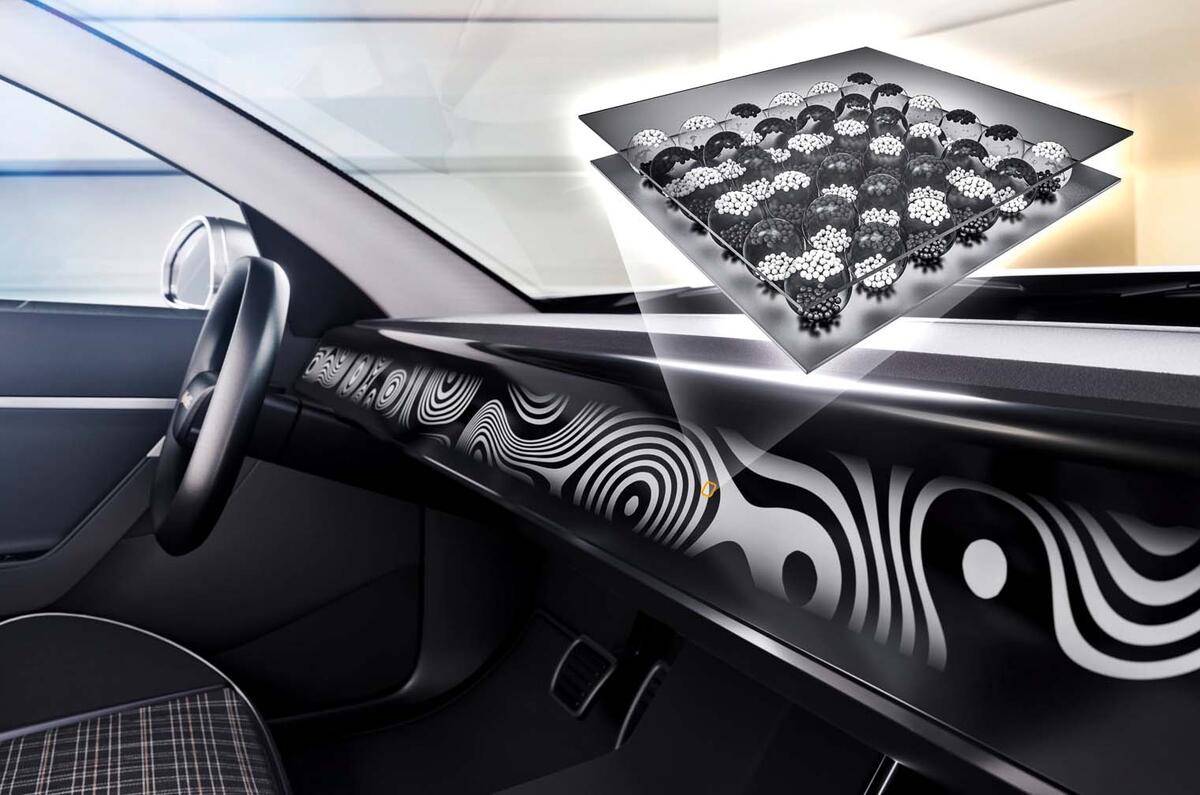The 2025 Consumer Electronics Show (CES) in Las Vegas flagged up how radical car interiors might become – and sooner rather than later.
Continental showed its Emotional Cockpit concept, which combines high-tech electronics with displays framed by Swarovski crystal, a high-quality cut glass from Austrian firm Swarovski Mobility.
A floating 12.3 TFT display beneath the centre of the dash is set beneath a transparent crystal surface and forms the control element for both driver and front passenger.
The TFT technology has full-array local dimming technology (FALD), which controls the backlighting. FALD is used in LED TVs and divides the LED backlights into zones that can be dimmed in certain areas (hence ‘local’).
LEDs in the brighter areas can be turned up and those in darker areas turned down to create a more vivid image.
In the dashboard itself, there’s a small ‘Widget Crystal’, described as an interaction surface for an AI assistant and interactive widgets that give information on things like weather and location.
The 3.5in Widget Crystal is powered by advanced micro-LED technology, which is super-intense but has yet to find its way into mainstream domestic TVs because of the huge cost.
The crystal casings of the displays are designed to create the impression of an image floating inside them and Continental believes there’s a strong business case for this.
According to its user experience team, end users and car makers are both placing greater importance on the emotional attachment owners have to a car.
With that theme in mind, Continental has also revealed its E Ink display, which substitutes ePaper technology for backlit LED displays. Essentially, ePaper is the kind of thing used by Kindle and other tablet readers to get closer to the look of a printed page.





Join the debate
Add your comment
Well, your going have to have something to do when your in the car but not driving,it'll be like having your Laptop in the car wherever you go!
Won't this distract the driver from the task in hand that is driving the car, already there are so many menus and sub menus on touch screens to perform functions that are vital to safe driving.Do really need this just to give drivers the feelgood factor and enrich the tech bros who peddle such gimmicks